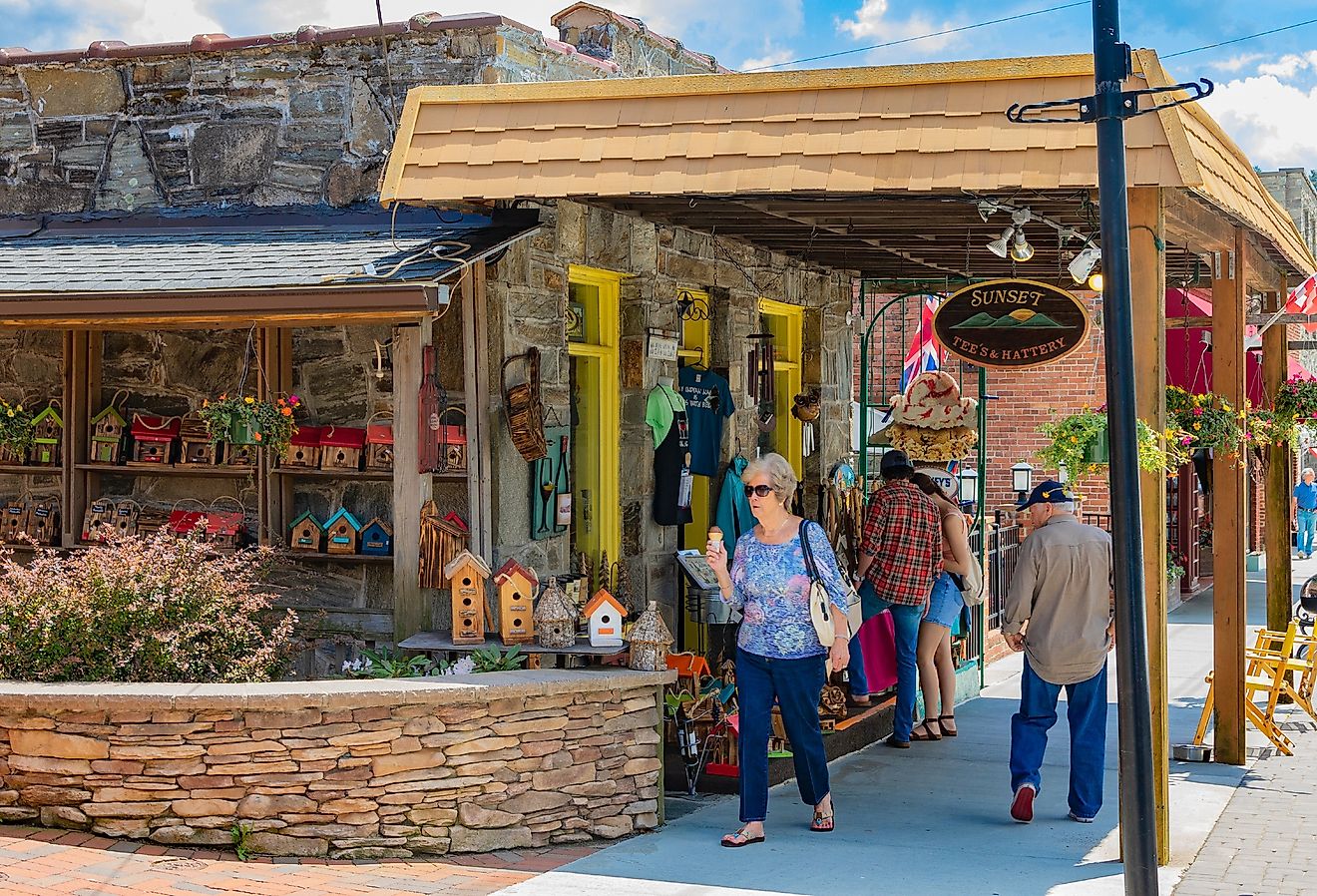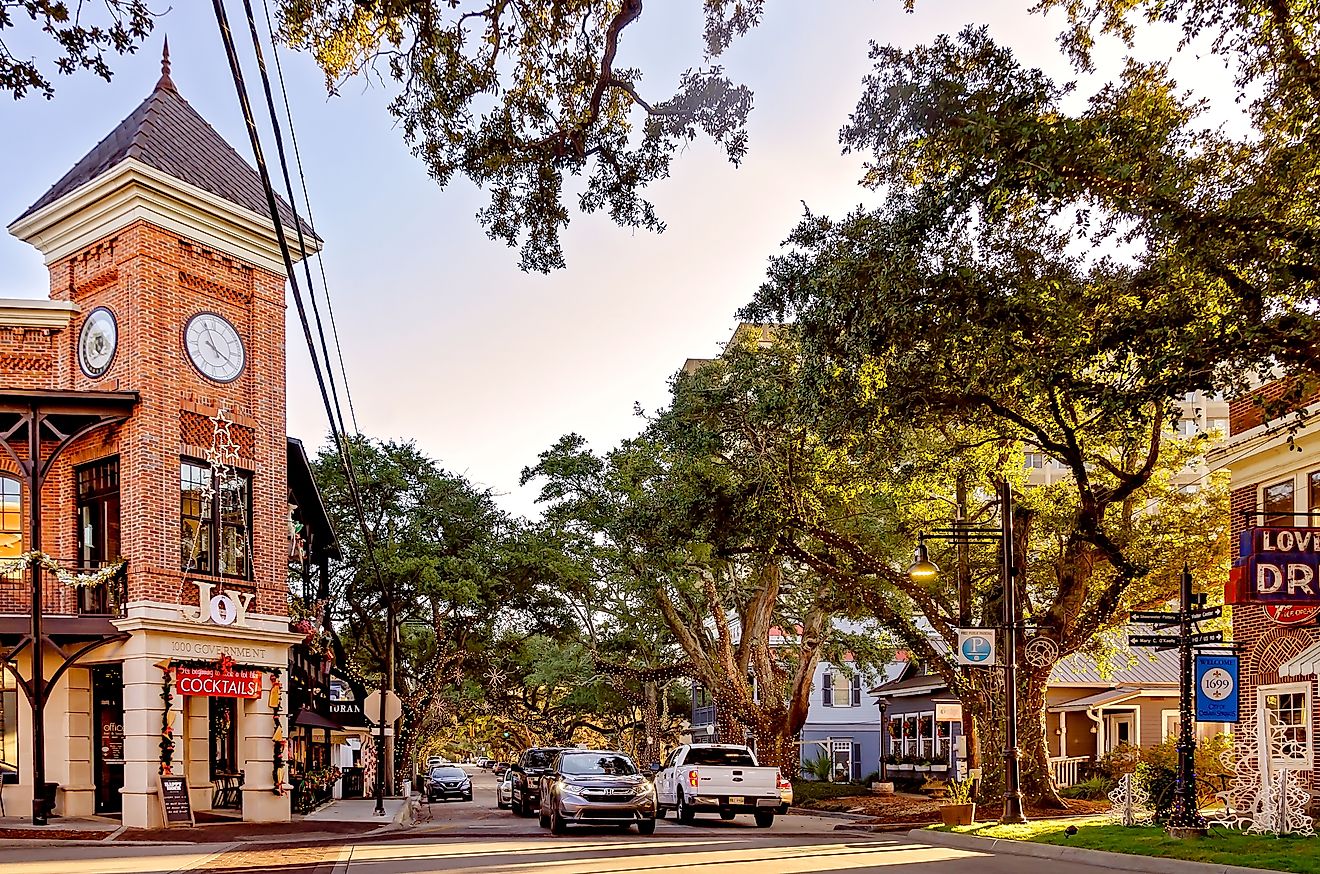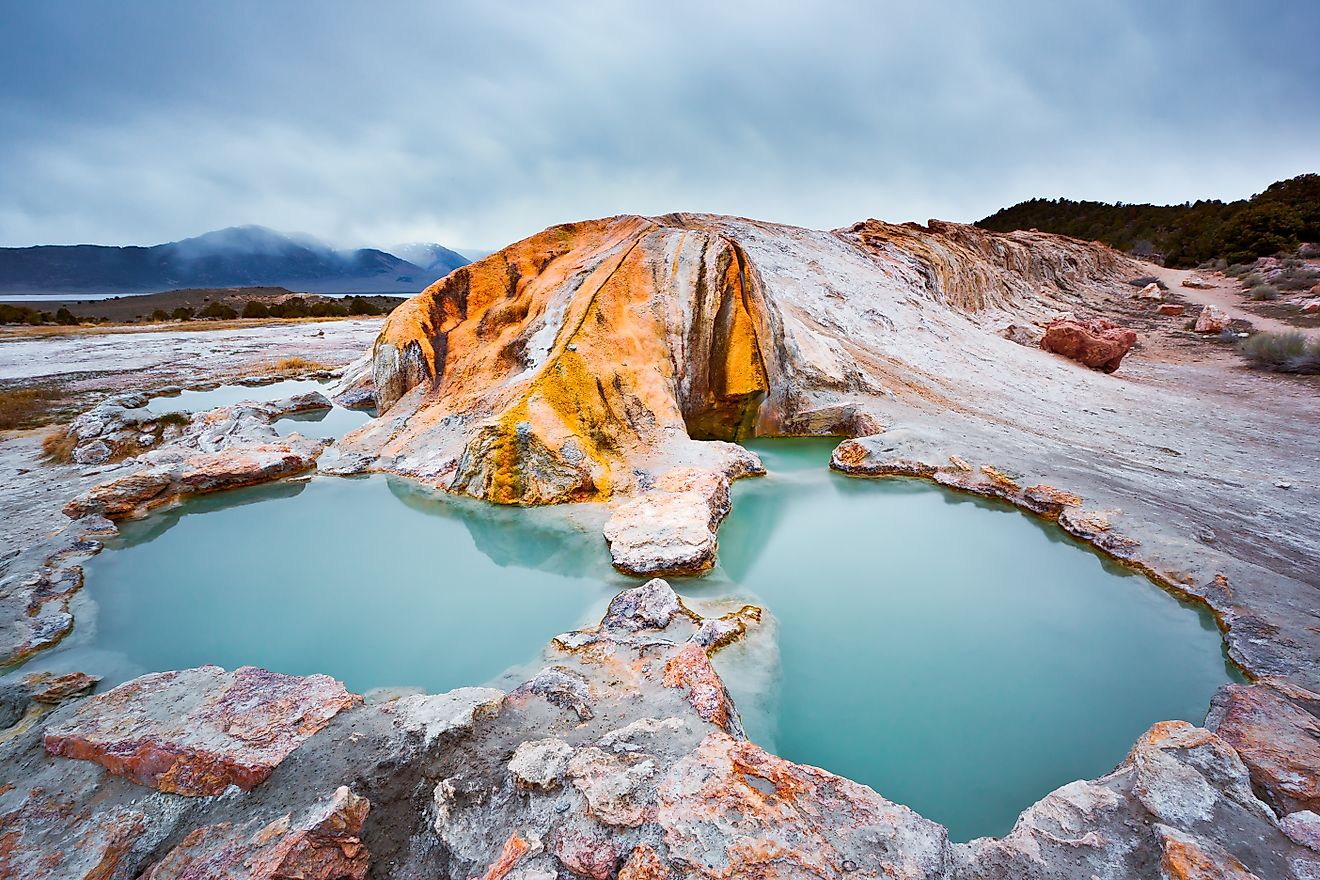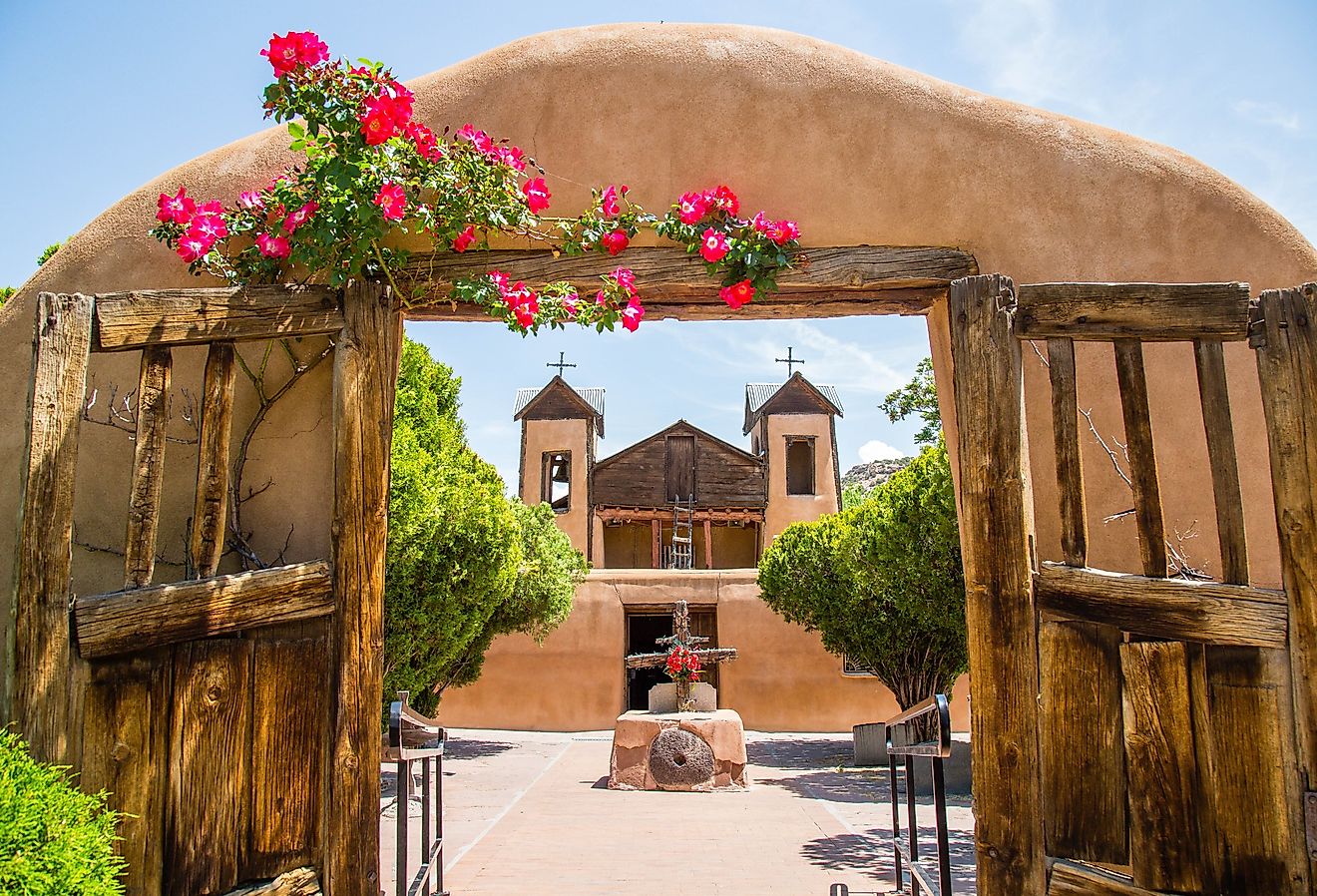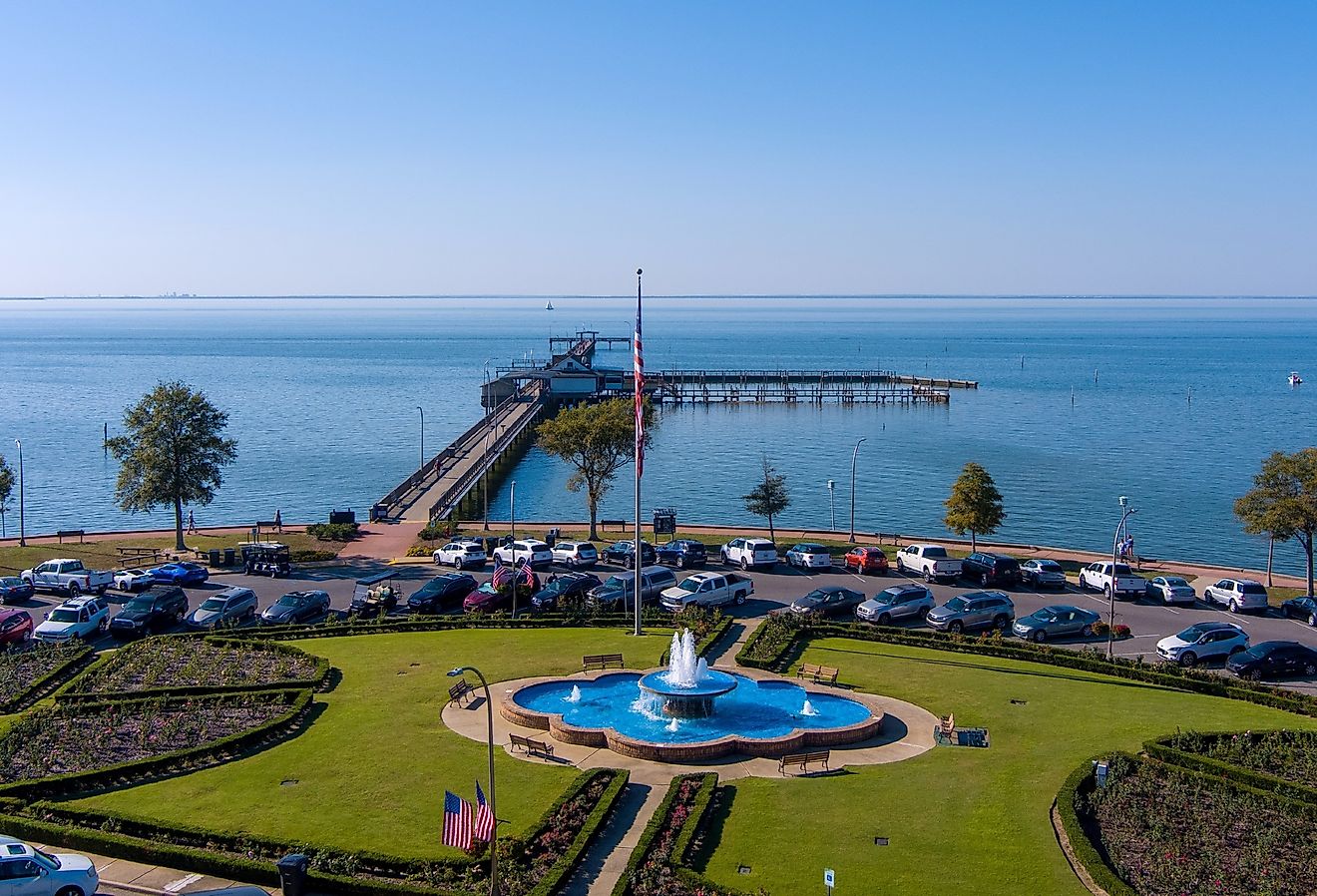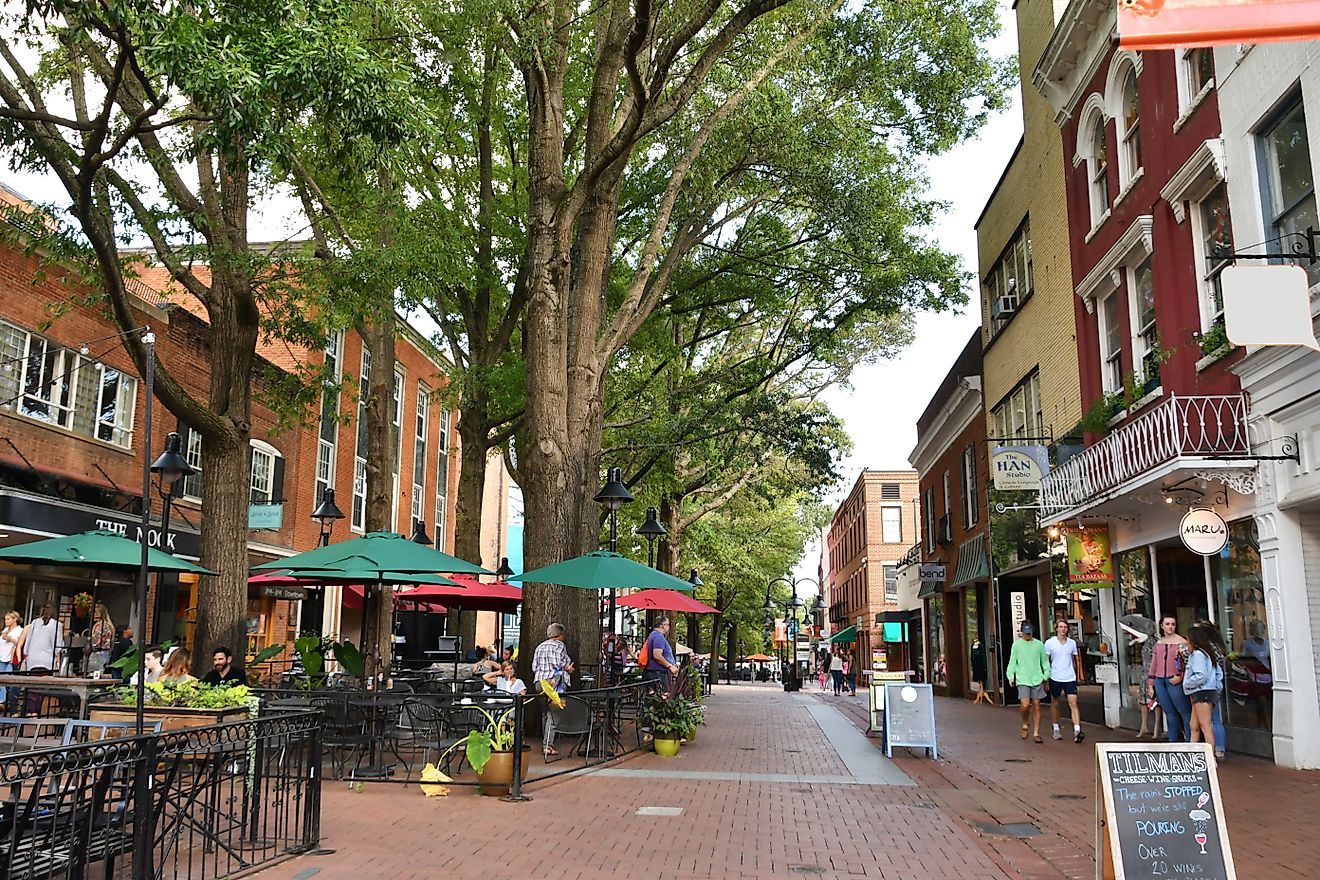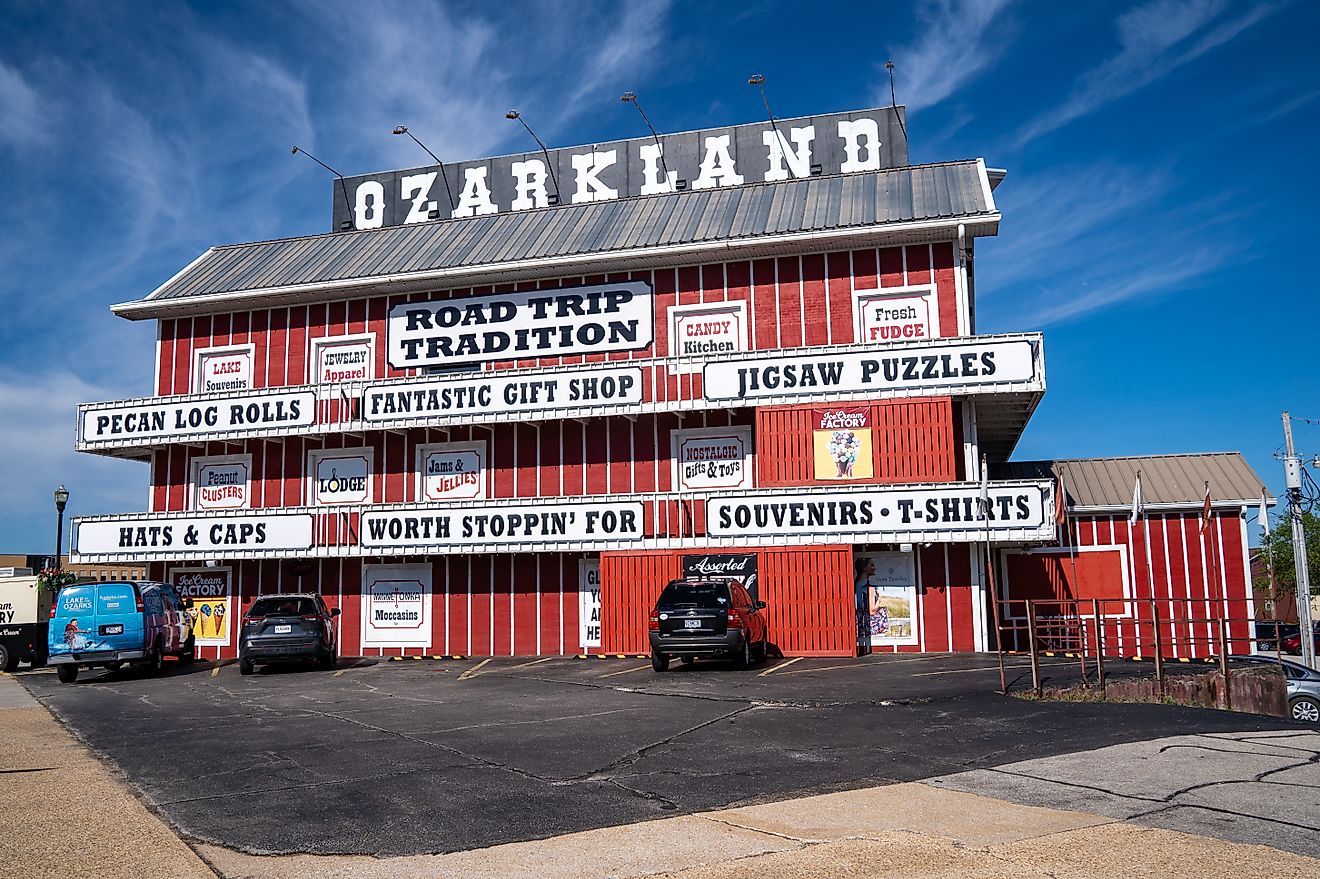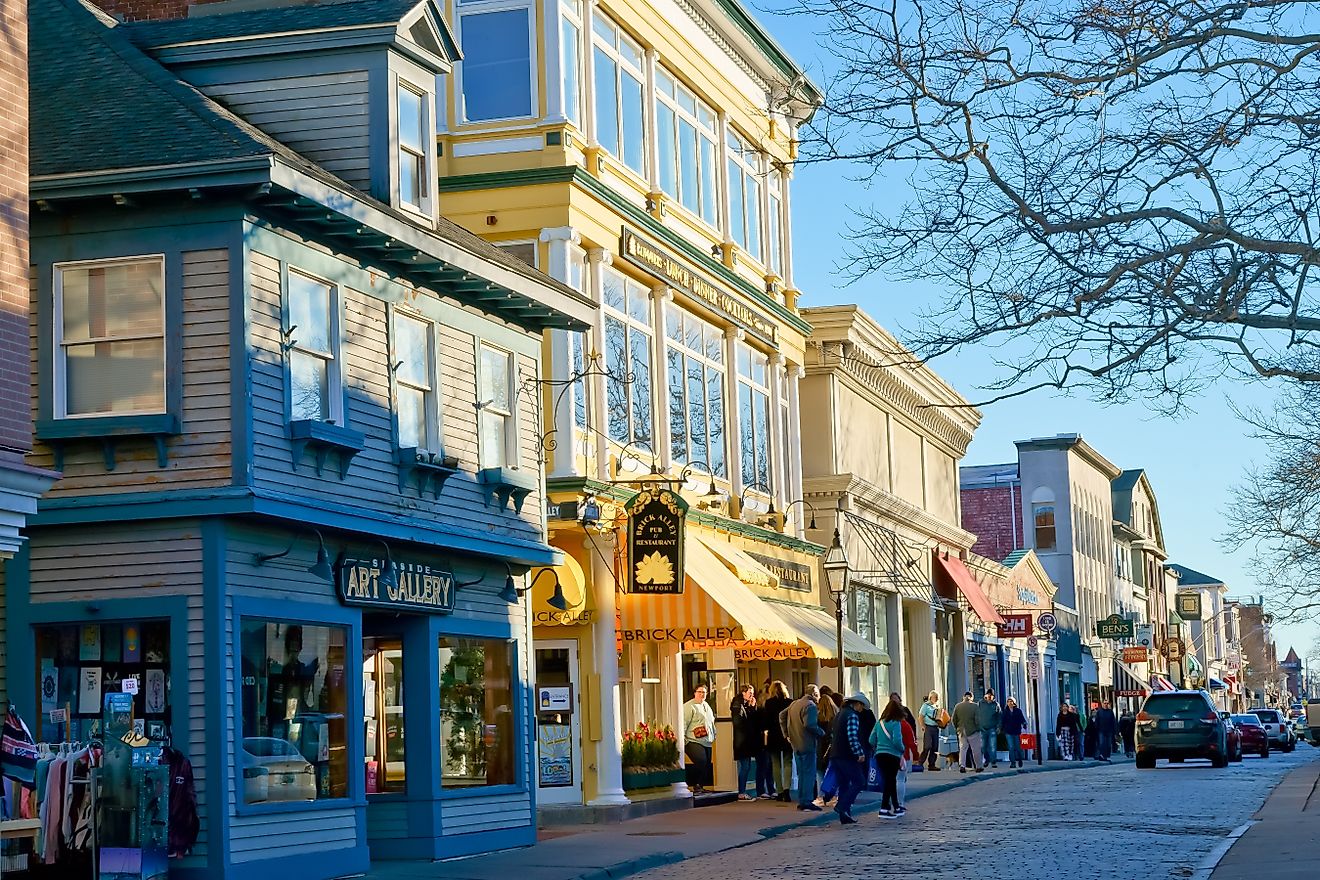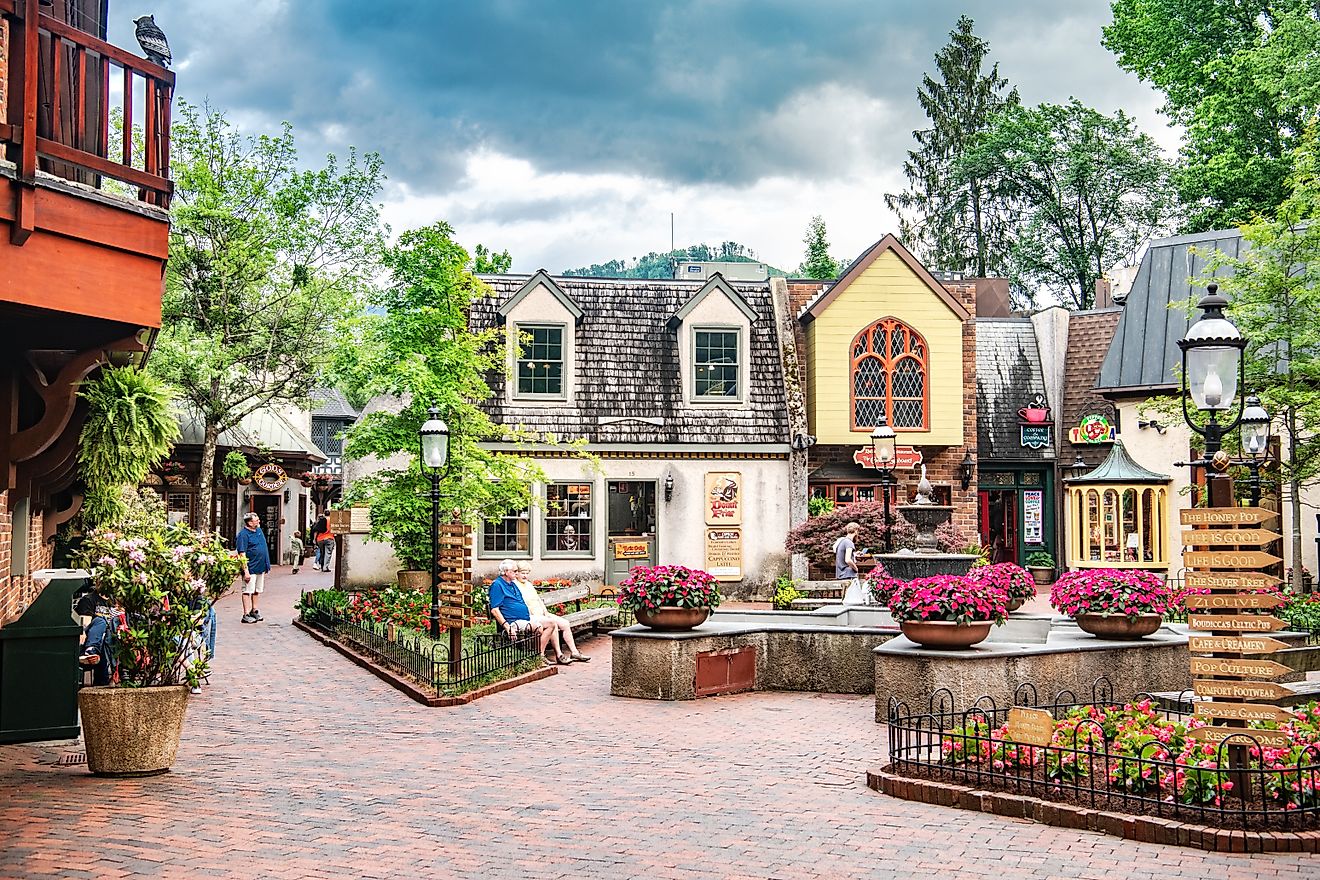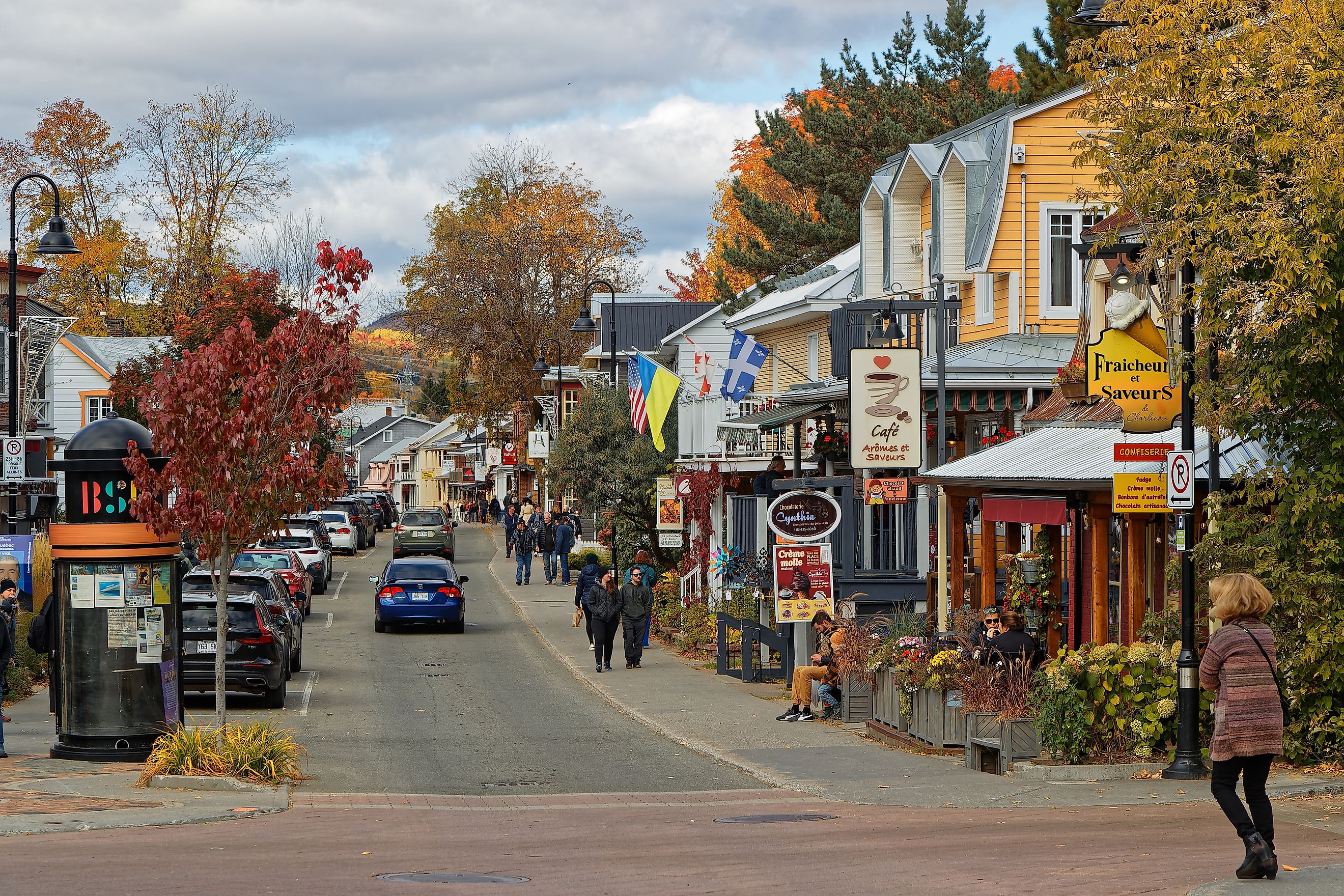
8 Most Neighborly Towns In Quebec
Quebec is Canada's only province that does not have English as an official language. It holds firm to its traditions, which is all that makes it one of the most unique places in North America. After you've seen the bustling city of Montreal and the almost European streets of Quebec City, make a point of checking out some of this province's most welcoming small towns, where you can really see what life is like in this eastern province.
From amazing natural scenery to historic landmarks dating back hundreds of years, join us as we shed light on these neighborly towns, which are full of charm and have tourists flocking back every year.
Kamouraska

Situated along the southern shore of the St. Lawrence River, Kamouraska is a historic Quebec community with tons of fun and interesting things to see and do this year. Once a major fishing and shipbuilding port, the town retains much of its old character with a number of notable landmarks along with its amazing waterfront views.
Start your adventure here at the Musée régional de Kamouraska, which details the area's seafaring past, or walk through the dowtown core to see a variety of century-old stone houses and traditional Québécois cottages.
The natural landscape of this region is another highlight, with tidal flats, rocky outcrops, and views of the Charlevoix mountains just across the river. The area around Kamourask is ideal for cycling on land and boating on the water, while Parc de l’Ancien-Quai provides you with a quiet spot to watch the sunset over the water, making a community that connects to the great outdoors as much as it does its past.
Tadoussac
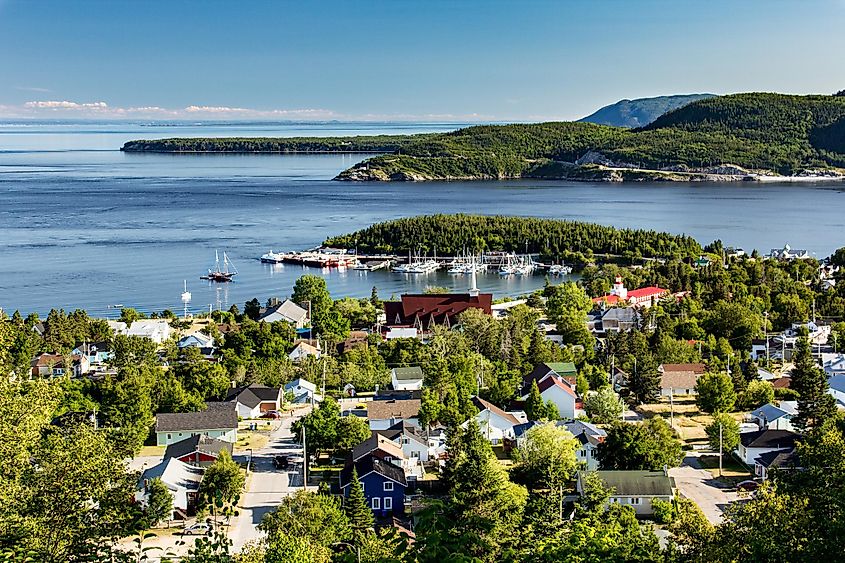
At the meeting point of the St. Lawrence and Saguenay rivers, Tadoussac is one of Quebec’s oldest and most storied settlements, making it a prime destination for nature and history enthusiasts alike. Established as a French trading post in 1599, the town preserves its fascinating past with sites like the Chauvin Trading Post and the iconic red-roofed Tadoussac Hotel. Moreover, the Petite Chapelle, built in 1747, is one of North America’s oldest wooden churches and offers a window into the region’s colonial history.
Tadoussac is internationally recognized for whale watching as well, with the deep waters of the Saguenay-St. Lawrence Marine Park attracts populations of belugas, humpbacks, and blue whales. Various boat tours based in town offer the best ways to spot these majestic creatures.
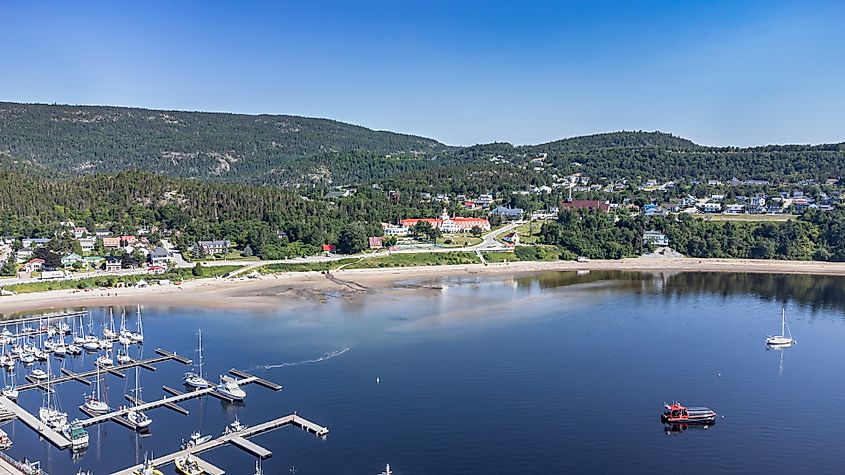
The town also serves as a gateway to the eye-grabbing landscapes of the Saguenay Fjord, where hiking trails lead to incredible viewpoints over the area.
Beyond its natural and historic draws, Tadoussac has a strong artistic community, with local galleries, music festivals like Festival de la Chanson, and a number of renowned local taprooms, namely the Microbrasserie Tadoussac.
Baie-Saint-Paul
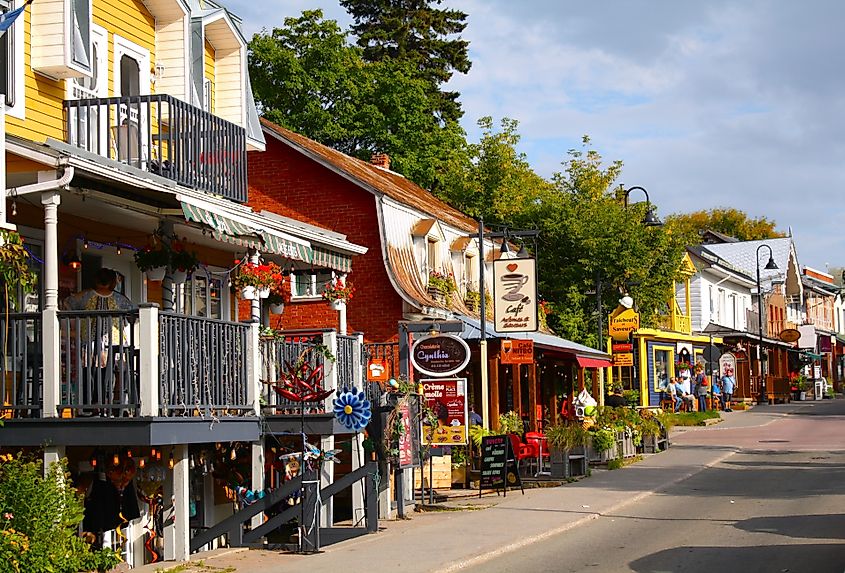
Seated in the Charlevoix region north of Quebec City, Baie-Saint-Paul is a hub for art, history, and outdoor adventure for all who visit. Founded in the 17th century, this community has long attracted painters and craftspeople, leading to its reputation as one of Quebec’s premier artistic communities. The streets of its compact downtown exemplify this and are lined with several renowned galleries, artisan shops, and historical buildings, including Le Germain Hôtel Charlevoix.

Mostly importantly, the town is closely linked to the origins of Cirque du Soleil, as its founders began performing here in the early 1980s. Today, Baie-Saint-Paul continues to host world-class cultural events like the Rêves d’Automne painting festival and a variety of music and theater performances.
Surrounded by rolling hills and the St. Lawrence River, Baie-Saint-Paul also appeals to those who simply want to enjoy the natural beauty of this area. A good place to go is Parc national des Grands-Jardins, which provides a network of trails through lush boreal forest and even some alpine tundra landscapes, while the Route du Fleuve offers breathtaking coastal views for anyone who travels it.
Knowlton

Located in Quebec’s Eastern Townships between Montreal and Sherbrooke, Knowlton stands out for its Loyalist heritage, Victorian-era relics, and strong connections to the literary world.
Settled by British Loyalists coming up from the then newly formed United States in the early 19th century, Knowlton has a distinct New England-style charm, which can be seen in its preserved homes and places like the iconic Auberge Knowlton, one of Quebec’s oldest continuously operating inns. Furthermore, the Brome County Historical Society Museum will teach you more about the region’s past going back hundreds of years, featuring an eclectic collection of artifacts from the Fenian Raids and one of Canada’s last surviving World War I biplanes.

Knowlton is also associated with Canadian author Louise Penny, who based her fictional village of Three Pines on the town. Fans of her novels often visit for themed tours and stop at establishments that are inspired by locations in her books.
With access to Brome Lake for boating and swimming, as well as hiking trails in nearby Parc d’environnement naturel de Sutton, this is also an excellent community to visit for some outdoor adventure.
Percé
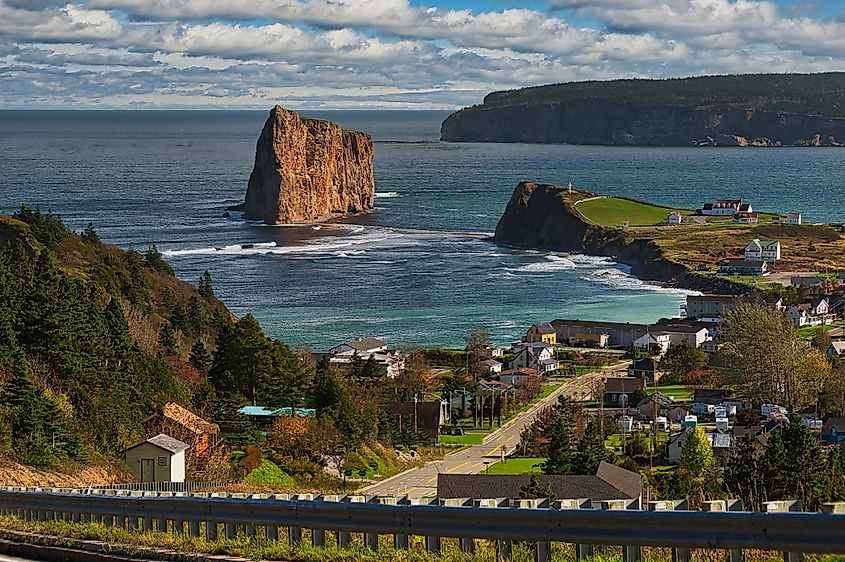
Perched on the eastern tip of the Gaspé Peninsula, Percé is most renowned for its towering limestone arch, Rocher Percé, which rises dramatically from the Gulf of St. Lawrence. This must-see geological landmark, along with nearby Bonaventure Island, home to one of the world’s largest northern gannet colonies, makes the town a prime destination for landscape photographers. Local boat tours provide close-up views of the rock formation and seabird habitats, while foot trails in Parc national de l'Île-Bonaventure-et-du-Rocher-Percé give you yet more panoramic coastal vistas to soak in.

Percé’s history dates back to the early days of the 17th century, when it was a key fishing outpost for French settlers. Today, its maritime heritage can be experienced in sites like the Magasin Général Historique Authentique, a preserved 1928 general store that will make you feel as if you've stepped right into the past.
Further engage with the friendly local community through events like the Festival International de cinéma et d'art de Percé, also known as Les Percéides, an ode to the Perseid meteor show, which often coincides with the festival's date in August.
L’Anse-Saint-Jean
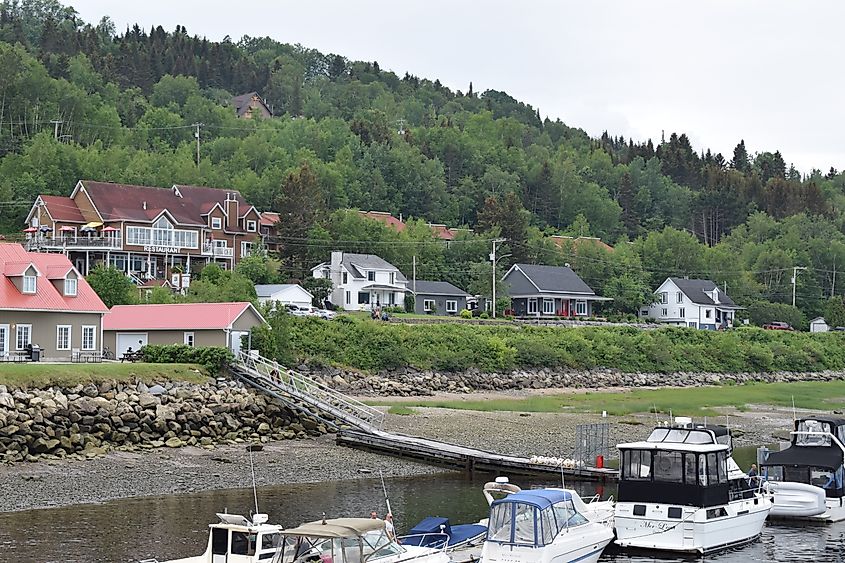
Another great town along the Saguenay Fjord, L’Anse-Saint-Jean, was founded in the mid-1800s and charms visitors with its traditional wooden homes and the covered Pont du Faubourg, one of Quebec’s last remaining covered bridges.
The town’s location within the Saguenay-Lac-Saint-Jean region makes it a favorite destination for outdoor activities, with its proximity to Fjord-du-Saguenay National. In the winter months, the area transforms into a popular spot for cross-country skiing and snowshoeing, giving you options for adventure outside all year long. For a more thrilling downhill experience, pay a visit to Mont Edouard, a wonderful resort just south of town.
While in the area, explore the culinary scene of L'Anse-Saint-Jean. Open during the warmer months, La Chasse-Pinte, a favorite local joint, provides the ultimate patio experience, serving locally made brews with incredible views over the Saguenay River.
Neuville

Neuville is yet another one of Quebec’s multi-century old settlements, dating back to 1667. Many come to see its heritage homes, many of which were built in the 18th and 19th centuries and showcase traditional New France architecture. The Église Saint-François-de-Sales, completed in 1860, remains another focal point, with its impressive stone façade and historic interior.
Neuville is particularly renowned for its agriculture, especially its corn, which is considered some of the finest in the province due to the region’s fertile soils along the St. Lawrence. The community celebrates this with seasonal markets where you can sample fresh produce, pick right from the surrounding countryside, artisanal cheeses, and locally made cider.
For those interested in exploring the area in person, the nearby Parc naturel régional de Portneuf offers hiking, canoeing, and birdwatching. Cycling routes along the Chemin du Roy, Quebec’s oldest roadway, provide further scenic options to see the river and countryside.
Havre-Saint-Pierre
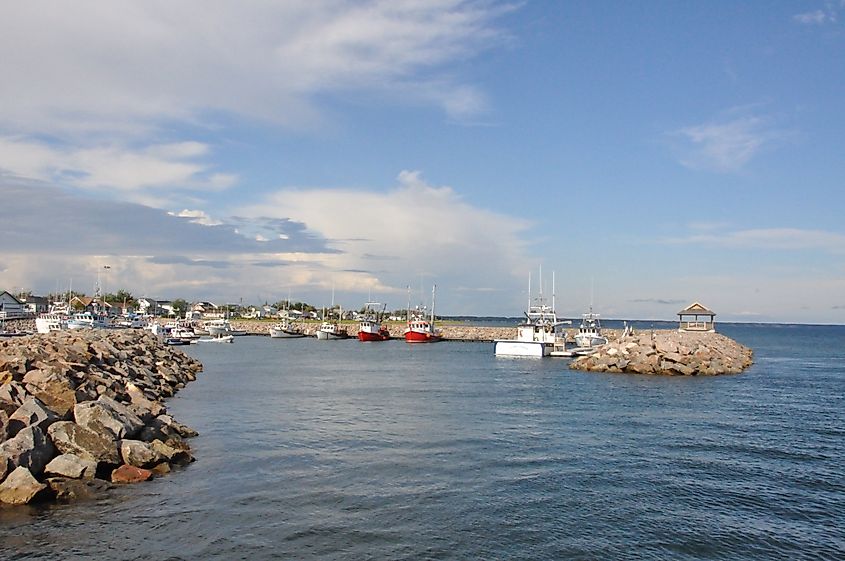
Sitting on the far eastern Atlantic coast of Quebec, Havre-Saint-Pierre serves as the gateway to the gorgeous Mingan Archipelago National Park Reserve, a collection of limestone islands known for their unique rock formations and healthy populations of diverse wildlife.
Settled initially by Acadian families in the 19th century, the town maintains a strong connection to this longstanding group of French speakers in Canada, reflected in its local culture and cuisine. With regular events throughout the year celebrating Acadian traditions, music, and storytelling, you, too, can learn more about the cultural significance of this remote pocket of the province. The Maison de la Culture Roland-Jomphe is a notable destination that offers exhibits on the regional history and life near the Maritimes.
Havre-Saint-Pierre is a prime destination for outdoor exploration. Boat tours to the Mingan Islands allow visitors to see monolithic sea stacks, puffin colonies, and rare plant species adapted to the region’s harsh coastal climate. The area is also known for its prosperous fishing industry, with local restaurants specializing in fresh seafood, particularly snow crab and scallops.
Take Part in These Wonderful Quebec Communities
Quebec’s small towns offer more than scenic beauty—they embody the province’s fascinating history and diverse cultural offerings. From the maritime heritage of Tadoussac and Percé to the artistic vibes of Baie-Saint-Paul and the fjord-side charms of L’Anse-Saint-Jean, each community mentioned above provides a memorable and neighborly experience for all who visit. Whether exploring Neuville’s colonial past, Havre-Saint-Pierre’s rugged coastline, or Knowlton’s literary ties, you will find welcoming communities rooted deep in Canada's traditions.


